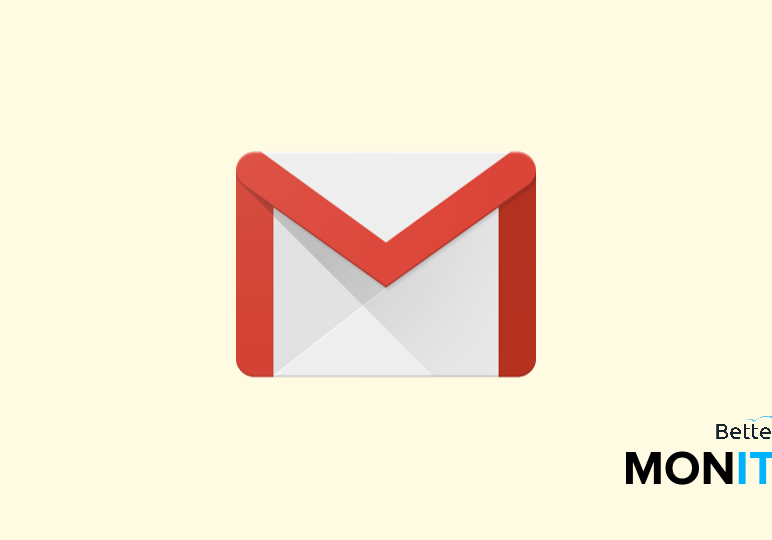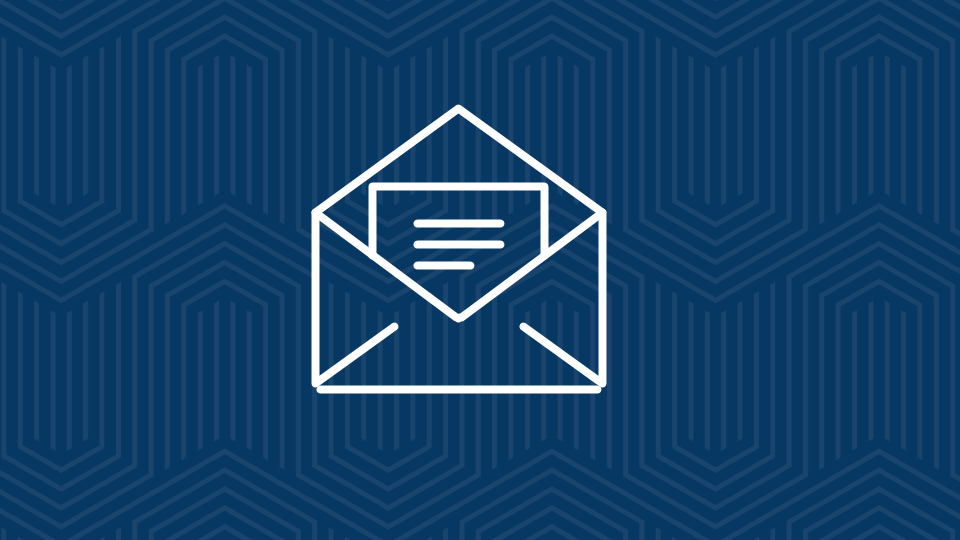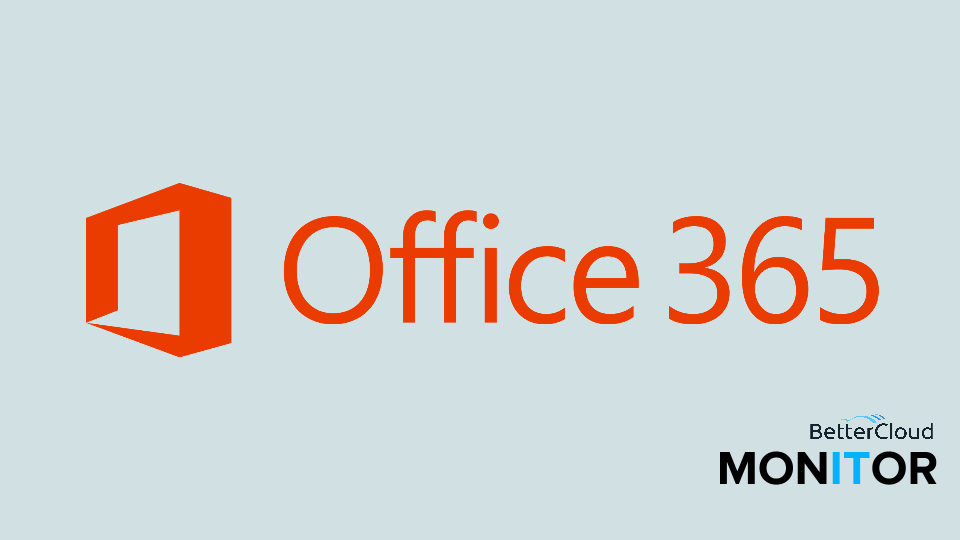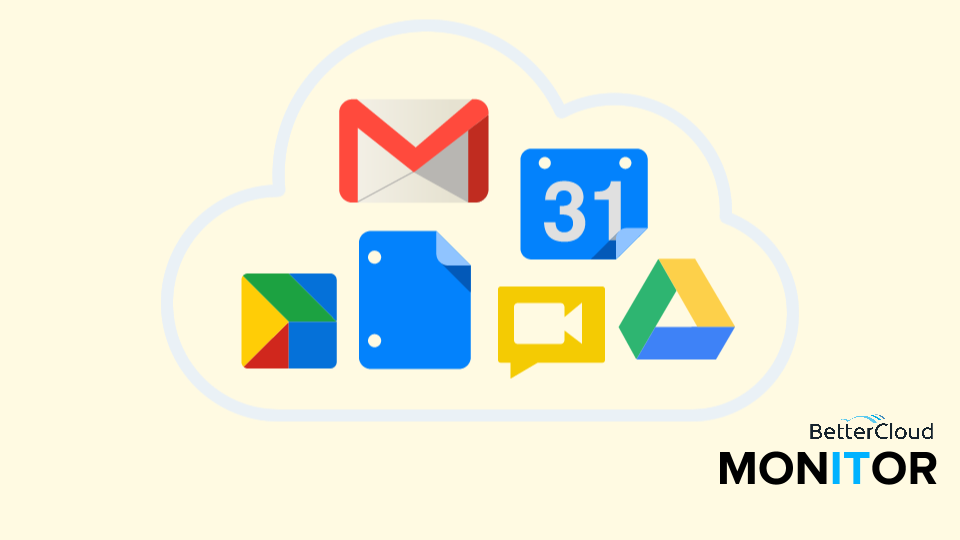11 Common Gmail Mistakes (And How to Avoid Them)
4 minute read

If you work in IT, learn how BetterCloud’s Unified SaaS Management platform can help you manage G Suite and other applications. Also, learn how you can 10x your G Suite productivity.
Even if you use Gmail every day, you might not be using it as efficiently as you could be. Here are 11 common mistakes that people make, as well as how to avoid them so that you can be more productive in Gmail.
1. Repeatedly searching your inbox for the same email
This is an excerpt from our post Quick Links Lab for Gmail Increases Your Gmail Efficiency.
If you’re frequently searching for the same important email, then use Quick Links. It basically bookmarks any important email(s) you want, and it lives inside your Gmail inbox (on the left-hand side), so that you can quickly access important messages with one click.
2. Forwarding emails by clicking “Forward”
This is an excerpt from our post The “Forward All” vs. “Forward” Function in Gmail.
If you’ve ever forwarded a long email thread in Gmail, you probably clicked “Forward,” which can make emails look a bit confusing and cluttered. The little-known “Forward all” function in Gmail makes forwarded emails much clearer and easier to read. All the messages from the email thread are put into a single message. They’re also listed in chronological order, going from oldest to most recent (top to bottom), and they will also have a very clear “Forwarded conversation and subject line” added.
3. Keeping space-hogging attachments in your inbox
This is an excerpt from our post How to Sort Your Gmail Inbox by Attachment Size.
Gmail’s native search bar allows you to search for emails that are above a certain size and have attachments, but it does not tell you how much storage space that email is taking up. The Sort Emails by Attachment Size For Gmail Chrome extension sorts your emails by attachment size and displays the actual size of each attachment, allowing you to delete emails that are storage hogs.
4. Manually typing the same response to people all the time
This is an excerpt from our post 3 Ways to Automate Email Tasks Using Gmail.
If you’re constantly typing out similar responses to people, try using Canned Responses to send pre-written/saved responses. You can quickly fire off blanket answers to certain types of emails.
(Tip is at 2:32)
5. Sending mass emails without personalizing them
This is an excerpt from our post The BetterCloud Monitor and the Apps Show Join Forces to Supercharge Your Productivity in G Suite.
Mass emails without any personalization can look spammy. You can send mass emails with a personal touch (and automate it!) using the Yet Another Mail Merge add-on. Just enter in names and email addresses in Google Sheets, and you can send customized bulk emails in Gmail.
https://www.youtube.com/watch?v=D7RqJTcThUk
(Tip is at 2:01)
6. Only attaching files from Drive in Gmail
This is an excerpt from our post Attach Dropbox Files to an Email in Gmail.
Do you use other file hosting services besides Drive? If so, don’t limit yourself to just sending Drive files in Gmail. Dropbox is one of the most popular file hosting services in the world. Here’s how to add Dropbox as an attachment option when sending emails in Gmail.
7. Not retracting mistakenly sent emails
This is an excerpt from our post How to Unsend an Email in Gmail.
Enabling the Gmail Lab “Undo Send” allows you to retract messages where you may have made a spelling mistake, a grammatical error, or communicated something poorly–really, any reason! The lab will allow you to “undo” your email send up to 30 seconds after clicking Send.
The Gmail iOS app recently rolled out the Undo Send feature as well. To learn more, check out our post Exciting Features You’ll Love in the New Gmail iOS App.
8. Clicking on questionable links in emails without hovering over them first
This is an excerpt from our post 7 Ways to Identify and Protect Against Phishing Emails in G Suite.
Chances are high that you’ve recently received a phishing email in your inbox. Did you detect it as a fraud immediately? In some cases, a single click is all that is required for your machine to be compromised. Take note of any irregularities in the sender. Double check the domain name, recipient list, subject line, message, etc. Inspect the destination of a hyperlink. You can do this by hovering over the link with your mouse or a long-press on a mobile device. When you hover over a link, you can preview the destination. Of course, this is just one of many ways to identify phishing emails. For more info, click the link above.
9. Typing email addresses one by one when sending group emails
This is an excerpt from our post Creating a Contact Group in Gmail.
Do you often send emails to the same group of people? When you create a contact group, you can simply type the name of the group to automatically email all members in that group. (Note: This is different from the groups that your admin has set up in the G Suite Admin console, like finance@ or marketing@).
10. Deleting emails instead of archiving them
This is an excerpt from our post How to Recover Archived Mail in Gmail.
Generally, we recommend archiving messages in Gmail rather than deleting them (unless of course, it’s a message that you’re absolutely sure you want to permanently delete). You never know when you may want to access a message again, and archiving allows you to do that while deleting does not. The one issue with archived mail is that it is not immediately obvious how you can recover archived messages. Here’s how to recover archived messages.
11. Not spell-checking emails
This is an excerpt from our post How to Spell Check Email Messages in Gmail.
Emails filled with typos look unprofessional and sloppy. Don’t worry, though. Gmail’s got back your back with spell-check tools, so that you can make sure your emails are error-free.






